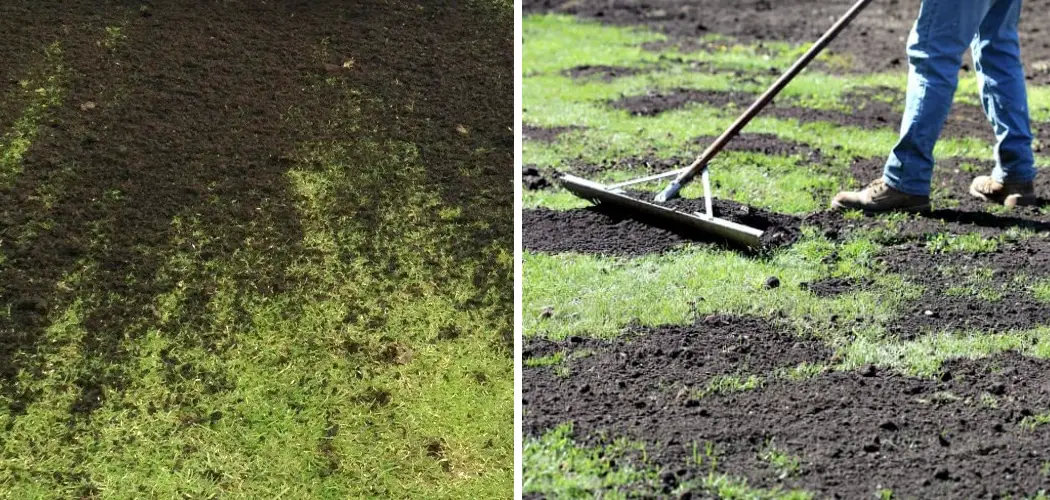Spreading topsoil can be an effective way to make sure that your lawn is healthy and growing great. But if you’ve never done it before, knowing how to apply topsoil correctly over a large area may seem intimidating. Here, we will provide useful tips on how to spread topsoil over large lawn efficiently and effectively while optimizing the soil for optimal growth of grass and vegetation.
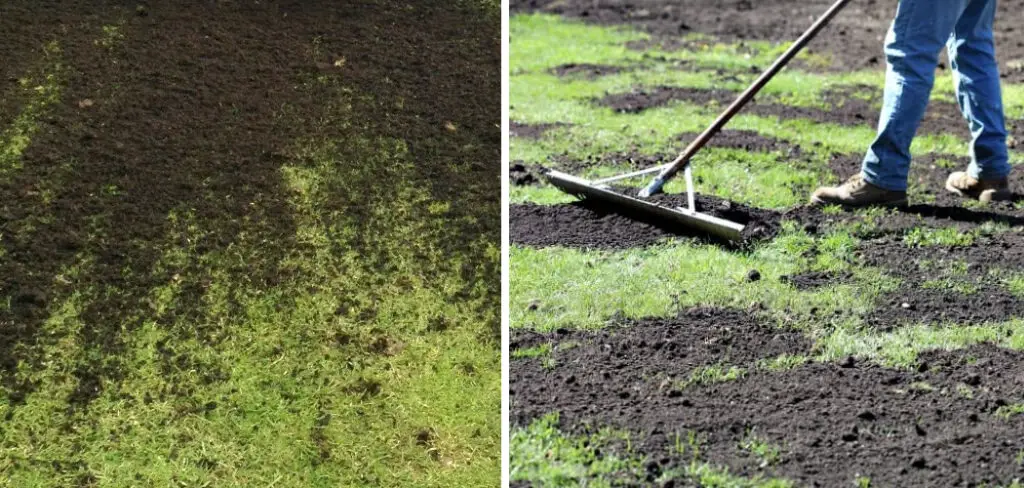
We’ll cover everything from what type of soil works best depending on the conditions in your yard, figuring out exactly how much soil you need, acquiring the supplies needed for even spreading, prepping before applying the layer of new dirt around your property, plus additional advice that will make putting fresh soil over large areas a breeze!
Why May You Want to Spread Topsoil Over Large Lawn?
1 . To Improve the Soil
Topsoil can become depleted over time, which means that it loses its nutrients and organic matter. This is usually due to natural causes such as erosion or human activity like tilling and construction. By spreading topsoil over your large lawn, you can replenish the soil with essential nutrients and organic matter that are key to a healthy garden.
2 . To Level Out Uneven Ground
If your lawn has bumps and depressions, it can be difficult to mow the grass evenly. Spreading topsoil over these areas can help level out the ground and create a more even surface for mowing. This will not only make your lawn look better, but also make it easier to maintain.
3 . To Help with Drainage
Poor drainage can be a major issue for large lawns, especially if you live in an area with heavy rain or snowfall. By spreading topsoil over your lawn, you can improve the soil’s ability to absorb and drain water. This will not only prevent standing water and potential flooding, but also help promote healthy root growth.
4 . To Control Weeds
Weeds can quickly take over a large lawn if left unchecked. However, by spreading topsoil over your lawn, you can create a barrier that prevents weed seeds from germinating and growing. This is because topsoil acts as a protective layer that blocks sunlight and limits the amount of oxygen available for weeds to grow.
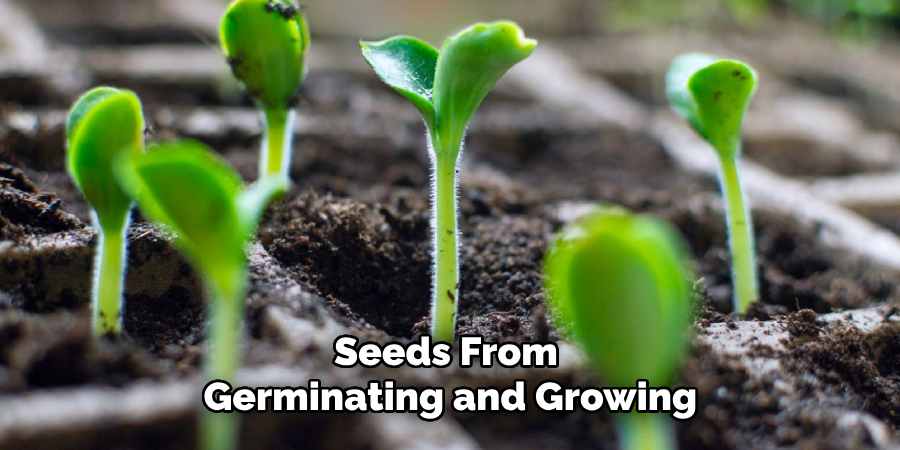
5 . To Help with Seeding
If you are planning to seed your lawn, spreading topsoil over the area can provide a great foundation for new grass to grow. The topsoil will help retain moisture and nutrients, which are essential for germination and early growth. This will give your lawn a better chance of becoming lush and healthy.
How to Spread Topsoil Over Large Lawn in 5 Easy Steps
Step 1: Prepare the Area
Before starting to spread topsoil over your large lawn, it is essential to prepare the area properly. This means removing any debris, rocks, or other obstacles from the surface of your lawn. You should also mow the grass as short as possible and rake away any loose clippings.
Step 2: Choose Topsoil Wisely
It is crucial to choose the right type of topsoil for your lawn. Look for a high-quality topsoil that is rich in nutrients and has a good drainage system. You can find various types of topsoil at your local garden center or home improvement store.
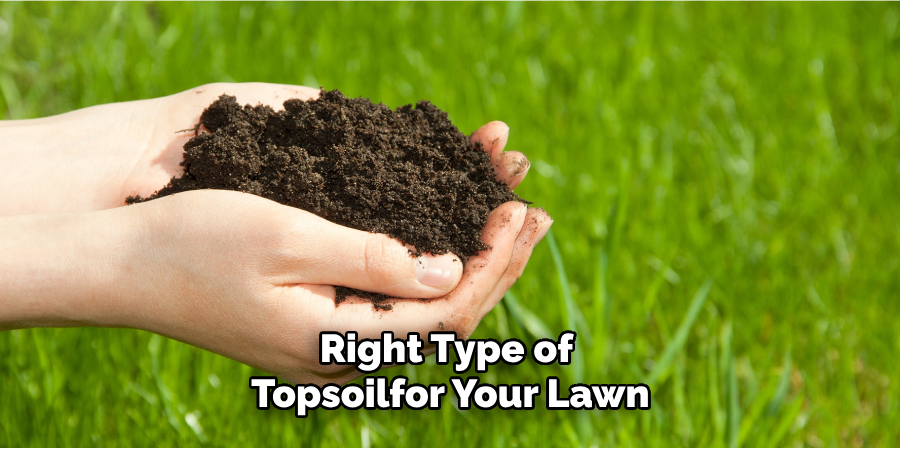
Step 3: Calculate the Amount Needed
To avoid over or under-spreading, it is essential to calculate the amount of topsoil needed for your lawn accurately. Measure the length and width of your lawn and multiply them to get the total square footage. Then, determine how many cubic feet of topsoil you need per square foot and multiply that number by the total square footage.
Step 4: Spread Topsoil Evenly
The key to a healthy and attractive lawn is to spread topsoil evenly. Start by dumping piles of topsoil around the edges of your lawn and using a shovel or rake to distribute it evenly. Then, continue to fill in the remaining area, making sure there are no gaps or low spots.
Step 5: Level the Topsoil
Once you have spread the topsoil, use a rake or garden hoe to level it out. This will help ensure that the topsoil is evenly distributed and at the correct depth. Use a soil testing kit to check if there are any low spots or uneven areas that need more topsoil.
Tips for Maintaining Your Topsoil
1 . Do Not Overwork Your Soil
To maintain healthy topsoil, avoid overworking it. This includes tilling too deeply or too frequently. While tilling can help aerate the soil and break up compacted areas, doing so excessively can lead to erosion and loss of nutrients.
2 . Use Mulch
Mulching is an excellent way to maintain your topsoil. Mulch helps retain moisture, suppress weeds, and add nutrients to the soil as it decomposes. It also protects the topsoil from erosion caused by heavy rain or wind.
3 . Rotate Crops
Planting different crops in your garden each season can help maintain healthy topsoil. Different plants have varying nutrient needs, so rotating crops can prevent the depletion of specific nutrients in the soil. It can also help break up pest and disease cycles, leading to healthier plants.
4 . Compost Regularly
Composting is a great way to add organic matter back into your topsoil. This will improve its structure, nutrient content, and water-holding capacity. You can compost kitchen scraps, yard waste, and even paper products. Be sure to mix the compost into the topsoil thoroughly.
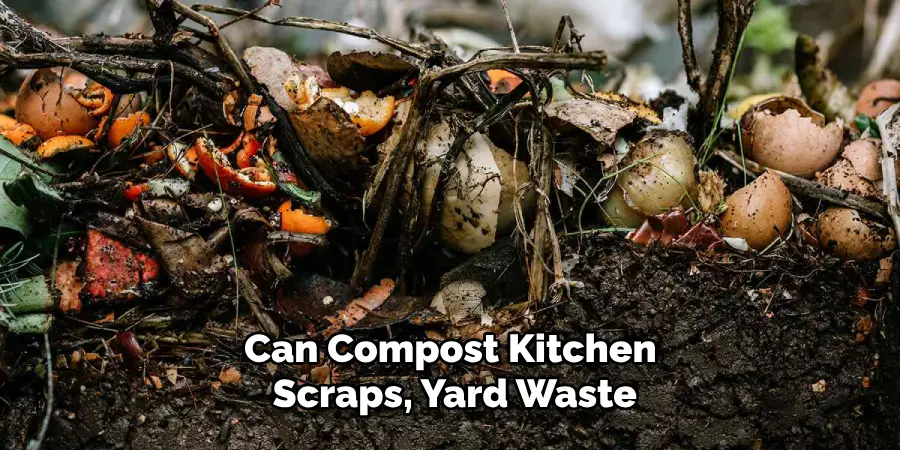
5 . Avoid Using Chemical Fertilizers
While chemical fertilizers can provide a quick boost of nutrients to your plants, they can also harm the microorganisms and earthworms in your topsoil. These organisms play crucial roles in maintaining healthy soil and nutrient cycling. Instead, opt for organic fertilizers or use compost as a natural alternative.
Frequently Asked Questions
What Precautions Should I Take Before Spreading Topsoil?
Before you begin spreading topsoil on your large lawn, there are a few precautions that you should take: It is important to use good-quality topsoil for your lawn. Poor-quality topsoil may contain weed seeds or other contaminants that can harm your lawn.
Be sure to remove any large rocks or other debris from the soil before using it. Also, make sure the weather is suitable for spreading topsoil. Avoid spreading topsoil on a windy day as it can easily blow away and cause uneven distribution.
How Much Topsoil Do I Need?
The amount of topsoil needed for your lawn depends on its size and condition. As a general rule, it is recommended to spread 2-3 inches of topsoil over your lawn for best results. You can measure the square footage of your lawn and calculate the amount of topsoil needed using an online calculator or consult with a professional.
What Tools Do I Need to Spread Topsoil?
To effectively spread topsoil over a large lawn, you will need a few tools such as a wheelbarrow, shovel or garden rake, and a lawn roller. The wheelbarrow will help you transport the topsoil from one point to another, while the shovel or garden rake will enable you to spread the topsoil evenly over your lawn. The lawn roller will help compact the soil and ensure a smooth, even surface.
How Do I Spread Topsoil?
The best way to spread topsoil over a large lawn is to divide the area into smaller sections and work on one section at a time. Start by filling your wheelbarrow with topsoil and then use the shovel or garden rake to spread it evenly over the designated section. Be sure to cover the entire area and fill in any low spots. Once you have spread the topsoil, use the lawn roller to compact it and create a smooth surface.
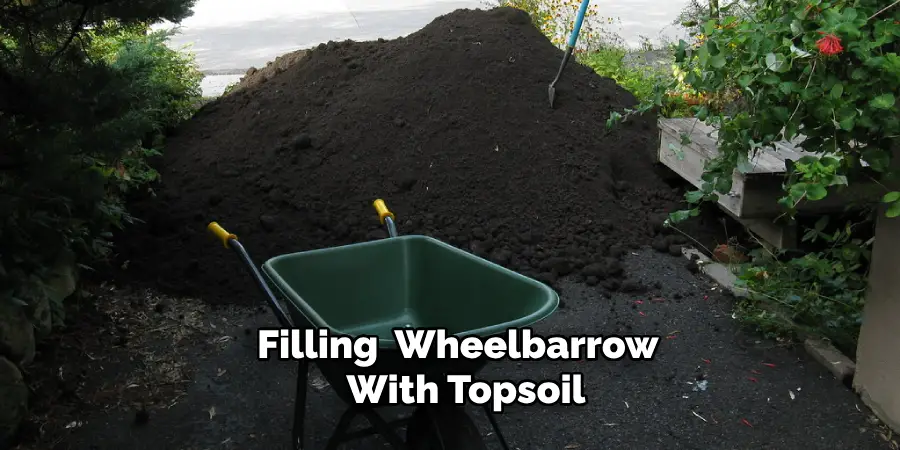
When is the Best Time to Spread Topsoil?
The best time to spread topsoil over a large lawn is during early spring or fall when the weather is cool and moist. This will allow the soil to settle and establish before the heat of summer or cold of winter. Avoid spreading topsoil in extreme weather conditions such as heavy rain, strong winds, or extreme temperatures.
Conclusion
To spread topsoil over a large lawn, you’ll need the right preparation and execution. A tractor or larger rototiller can make this step much easier, but it is not necessary, as long as you have the drive to get the job done through hard work. But if you don’t feel up to tackling this job yourself, there are professionals who can handle the job to have your lawn looking beautiful in no time.
Either way, now that you know the steps involved in how to spread topsoil over large lawn, you should be feeling ready and excited about getting started turning your bare ground into a lush green wonder. Don’t hesitate to take on this challenge–you’ll be glad that you did!
About
Outdoor Fixes is a distinguished figure in the world of Diy design, with a decade of expertise creating innovative and sustainable Diy solutions.
His professional focus lies in merging traditional craftsmanship with modern manufacturing techniques,
fostering designs that are both practical and environmentally conscious. As the author of diy,
outdoorfixes delves into the art and science of outdoorfixes-making, inspiring artisans and industry professionals alike.
Education RMIT University
(Melbourne, Australia) Associate Degree in Design (Outdoor Fixes) Focus on sustainable design, industry-driven projects,
and practical craftsmanship. Gained hands-on experience with traditional and digital manufacturing tools, such as CAD and CNC software.
Nottingham Trent University
(United Kingdom) Bachelor’s in outdoorfixes.com and Product Design (Honors) Specialized in product design with a focus on blending creativity with production
techniques. Participated in industry projects, working with companies like John Lewis and Vitsoe to gain real-world insights.
Publications and Impact
In diy, Outdoor Fixes his insights on indoor design processes, materials, and strategies for efficient production.
His writing bridges the gap between artisan knowledge and modern industry needs, making it a must-read for both budding designers and seasoned professionals.

